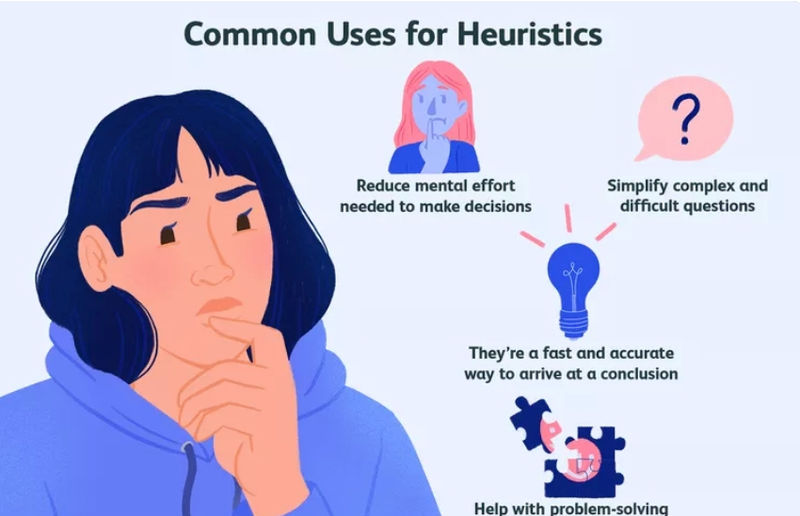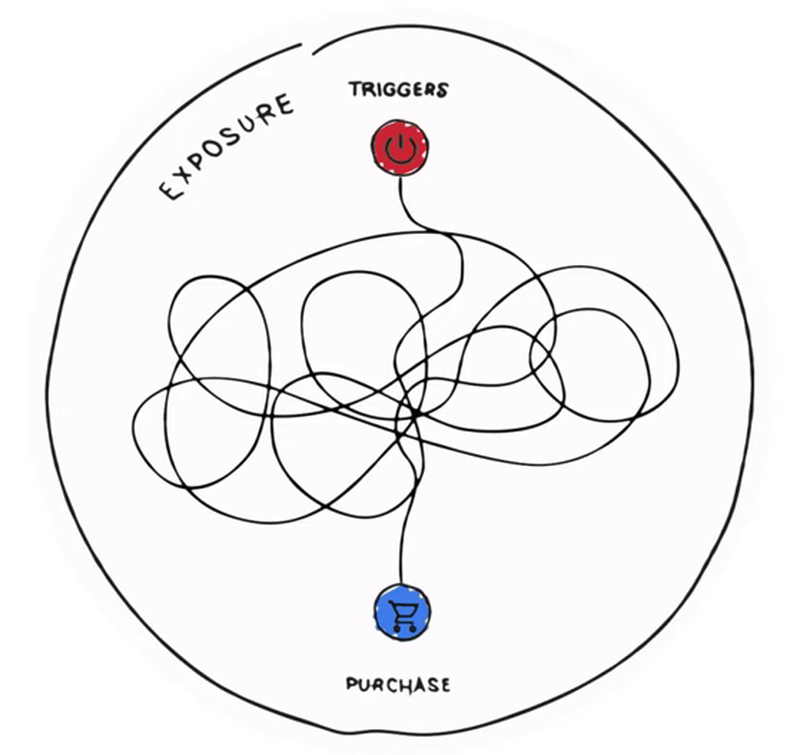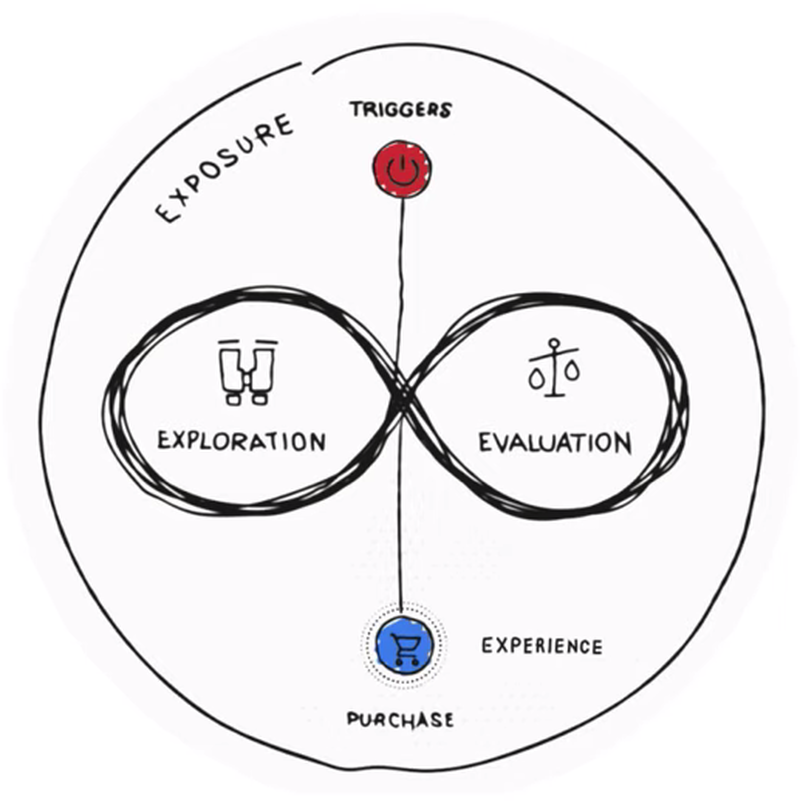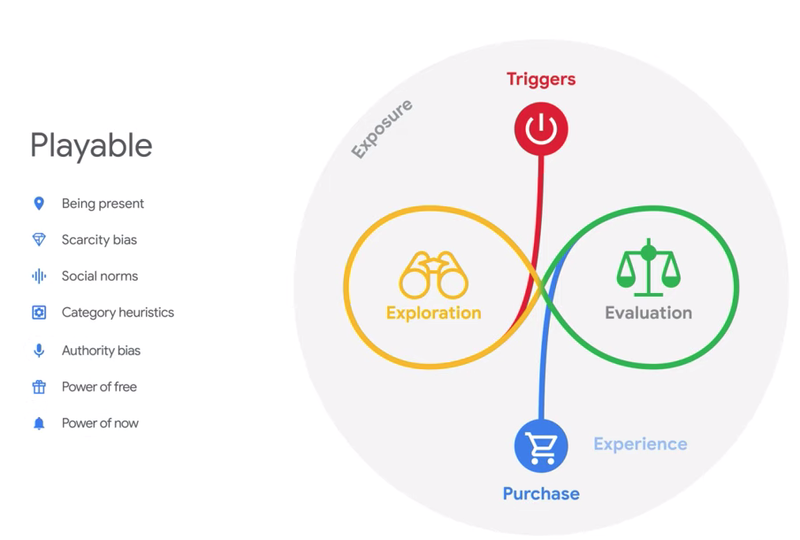
When constructing the customer experience design plan for the online retail channel, or just trying to improve existing experiences, a common activity is the act of interviewing customers to form the basis of insight gathering.
Put simply, speaking to customers does not work: it's listening to customers that matters. There is a difference between talking and listening.
Before explaining in detail why the interview process does not add value, first a definition of the customer experience design planning process...
A process which creates an intuitive journey that acknowledges each micro-step a consumer takes must be met with relevancy and add value to his/her online experience.
The “experience design” comes from insights gained from customer behaviours, and is then supported by processes, resource, technology, and business systems all working harmoniously together.
There are three fundamental reasons as to why interviewing customers for this purpose is flawed…
- The subconscious mind has a heavy influence in decision making when consumers engage online
- The sheer complexity of customer journeys today
- Only speaking to customers who purchased from the retailer is not enough, what about those who did not purchase?
#1. The subconscious mind
Customers will struggle to accurately recall the steps they took to buying online due to the significant influence the subconscious mind plays in decision making. More importantly, people don’t realise this is happening.
95% of decision making which leads to online purchasing behaviours takes place in the subconscious
By studying the consumer's unconscious physical reactions, the author found what people really think or feel often contradicts what they say.
Any process that involves asking customers to recall an experience will be inaccurate.
This act of not being truthful about a person’s own purchasing thoughts or methods comes from “unconscious urges” and is driven by emotion.
Neuroscientists found people whose brains are damaged in the area generating emotions are incapable of making decisions.
People are not as logical as one might think.
These “unconscious urges” driven by emotions can be broken down into precise “cognitive shortcuts” known as “Heuristics”.
Understanding Heuristics - the “cognitive shortcuts”:
While emotion forms the basis for sub conscious engagement and decision making, specific micro steps in a consumer’s online journey are influenced with what’s called Heuristics: “cognitive shortcuts”. These are simple decision-making strategies people use to quickly form judgments to assist in decision making.
This ability to apply shortcuts forms the basis as to how the human brain can remain in the subconscious: the human brand essentially is set to an “autopilot” state.
Retailers want “autopilot”:
When a site becomes clunky and confusing, it forces consumers out of this autopilot and activates the conscious brain to actually do some work. This application of "mental effort" is seen as an inconvenience and in many instances will cause the consumer to leave without purchasing.
Retailers want consumers to remain in “auto-pilot”, if the subconscious mind remains in control, purchases will be driven by emotive influencers.

Figure 1
With this in mind, how is it feasibly possible for customers to recall their online experiences when they are no longer in buying mode?
They can't.
#2. The complexity of online buying journeys:
The proven scientific influence of the subconscious and the role it plays is exacerbated by the sheer complexity in consumer journeys that have come as a result of the expansion of digital touchpoints: namely the smartphone.
As soon as a consumer has identified a purpose to engage there is an immediate attempt to fulfil a need or at the very least begin a process via these hand-held super-computers.
This has resulted in the following types of customer journey complexities…
1. The average number of micro-steps consumers take is getting longer
2. The number of visits a consumer makes to a site before buying is increasing – on average only 40% of online purchases occur during a first visit to a site
3. Multiple device types are used when completing an online purchase (smartphone to desktop, desktop to smartphone)
To support this journey complexity, Google spent time analysing the science of journeys and illustrated in what can be seen in Figure 2 below. This is a simple illustration is to what a typical consumer journey looks like.

Figure 2
There is a "trigger" which activates what appears to be a chaotic series of micro steps consumers undertake, representing their information gathering and evaluation stages (see Figure 3 below).

Figure 3
This chaotic cycle incrementally gets closer to a purchase as a result of a variety heuristics constantly working in the background. In Figure 4, Google calls out some of the top heuristics by way of an example, but there are more. However, what this illustrates is the wide variety of mental shortcuts that can come into play to influence a single purchase.

Figure 4
These findings further support the inability for customers to recall this complex series of subconscious decision making.
#3. Speak to the “Non-Customer”:
Lastly, a one on one interview process does not include the most important type of individual: those who tried to engage with a retailer and did not purchase.
It’s impossible to improve online experiences when no consideration is being made for those people who did not have their engagement needs met.
What information is needed to construct new experience design plans?
When looking to gather data to properly inform a new experience design plan a wide array of data sets must be gathered to create the full story.
Quantitative – Behavioural tools:
Tapping into behavioural analytics tools (such as Google Analytics) plays a crucial part of this process because people vote with their actions. There is not a more accurate method to analyse journeys than watching behaviours via accurate behavioural data.
This method of monitoring behaviour becomes a key method to recognise the influence of heuristics.
One example of how this tool helps inform experience design plans...
While a customer will never be able to recall the impacts of customer reviews (social proof - a known heuristic), behavioural data can identify engagement of this content-type and track it to online purchasing.
Quantitative data provides the framework of journey analysis but it’s the qualitative data that fills the “experience gaps”.
To put it simply, the quantitative data explains “What is happening” but the qualitative data tells you “Why it's happening”.
The ability to answer both the “What” and “Why” questions contributes to bringing the experience design to life.
Qualitative Data – some examples:
Front line support staff:
These employees receive calls daily from consumers complaining about the shortcomings of the online channel. It’s is their job to resolve these issues over the phone in the hopes the consumer completes a purchase.
These people have valuable insights into the pain points that are continually not being met.
Front line sales employees:
For retailers with bricks and mortar stores, they have teams of people who are exposed to consumer motivations and buying needs on a daily basis.
To satisfy these motivations and needs, they will have developed a long list of sales tools and tactics to prompt the consumer into buying.
These tools and tactics come together to inform the new experience design plan.
Live Chat Logs:
When consumers are confronted with issues when trying to engage online they are unable to resolve on their own, they are then pulled out of “auto pilot” and are then forced to seek help. Many consumers turn to live chat to engage with an employee to solve the issue the site could not remedy.
These chat logs become a documented list of all the shortcomings of the site, and becomes a powerful guide to inform the new experience design plan.
Conclusion:
The gathering of these data sets is the crucial first step in the construction of the new experience design plan. What follows is a series of steps which comprise a best practice methodology that has been refined, evolved and proven to work over the last two decades. It is this process is where the "rubber hits the road".
It may sound unusual that the best practice method to gathering data for the experience design does not include direct interviews and/or conversations with customers. However, every piece of data gathered is designed to represent the customer’s voice:
• Their behaviours (both buying and non-buying)
• Their objections
• Their anxieties
• Their needs
• Their motivations
Where the customer did not have a voice previously, this process is one big “customer listening exercise”, and is why when done right, these experience design plans drive success.
To learn more about how to use this data to evolve in the right direction, learn more about the experience design methodology by clicking here or make contact with Greg Randall directly at greg@commaconsulting.com.au.
This article was as tagged as Digital Strategy , eCommerce Conversion Rate Optimisation , UX Design